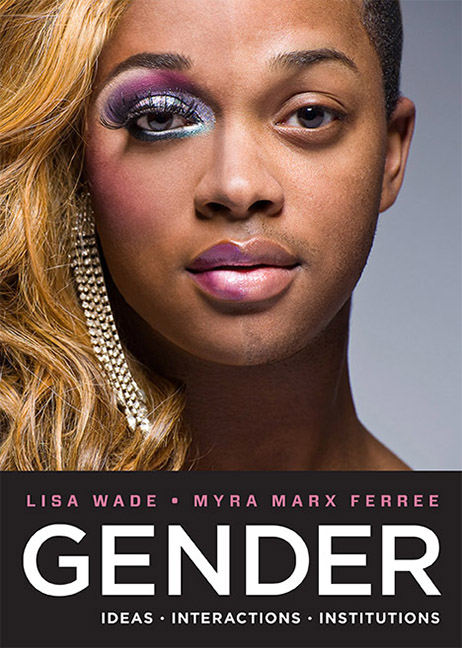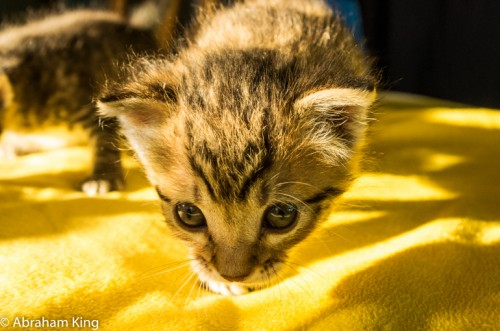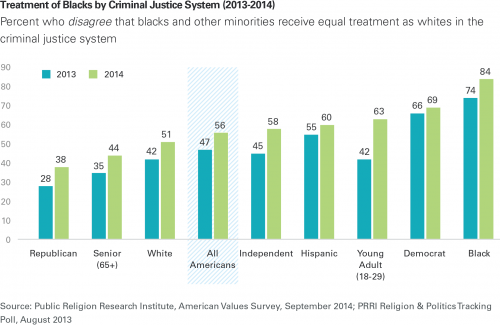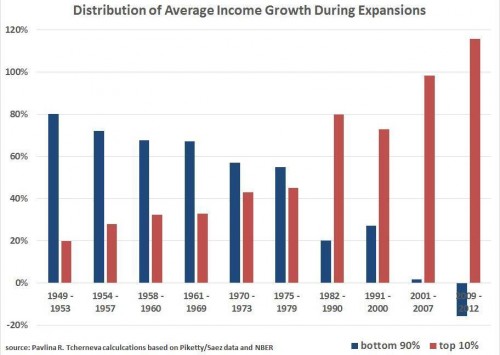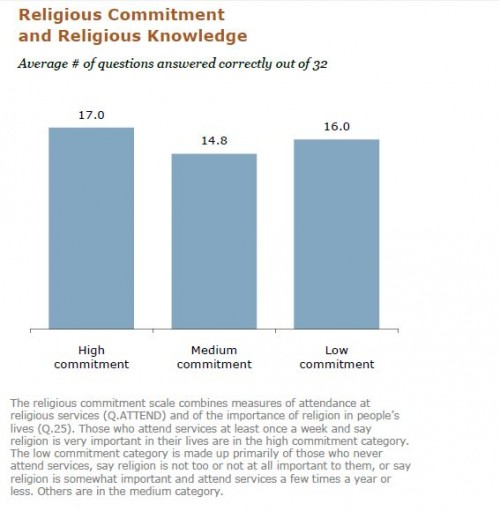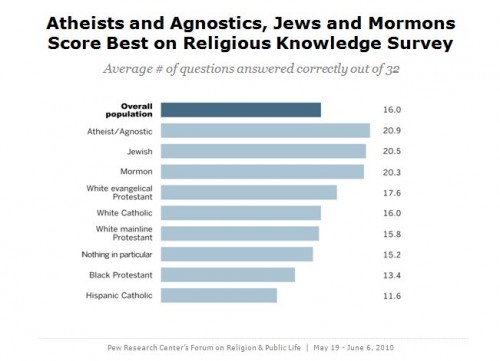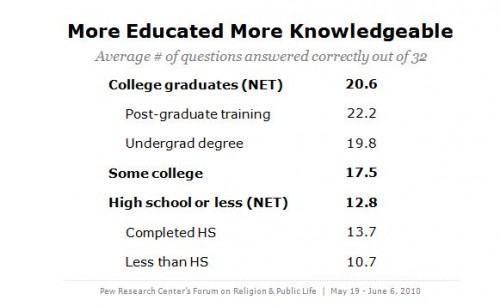SocImages news:
On the heels of the release of Philip Cohen’s new textbook — The Family — comes one from yours truly and the extraordinary sociologist, Myra Marx Ferree: Gender: Ideas, Interactions, Institutions.
Thanks to Leland Bobbe, the photographer; Crystal Demure, the model; and the talent at W.W. Norton for the truly stunning cover!
Here are some ways to order, sample, and follow the book:
- Get your exam copy or pre-order here.
- Read a free sample chapter on gender and the workplace.
- Follow socofgender on Twitter, Facebook, or Pinterest.
At SocImages this month…
You like! Here are our most appreciated posts in September:
- Marx, Weber, and Durkheim on a tree falling in the forest… (4,500+ likes)
- Why don’t religious people know more about religion? (1,800+ likes)
- The average white American’s social network is 1% black (1,300+ likes)
- Separating marriage from child rearing: The Mosuo of China (1,000+ likes)
- Student suffers alienation from paper on alienation (1,000+ likes)
- How do we decipher sex in daily life (900+ likes)
Thanks everybody!
Editor’s pick:
New Pinterest board!
- Sexy what!? A collection of advertisements for products that shouldn’t be sexy, ever, but are. So help us God.
Social Media ‘n’ Stuff:
This is your monthly reminder that SocImages is on Twitter, Facebook, Tumblr, Google+, and Pinterest. I’m on Facebook and most of the team is on Twitter: @lisawade, @gwensharpnv, @familyunequal, and @jaylivingston.
In other news…
Founder Gwen Sharp is the second SocImages sociologist featured at Cute Overload! Three kittens less than a week old were found nestled under a tire in the parking lot at Nevada State College. She’s been raising them ever since and documenting their progress at the NSC kittens tumblr.
Lisa Wade, PhD is an Associate Professor at Tulane University. She is the author of American Hookup, a book about college sexual culture; a textbook about gender; and a forthcoming introductory text: Terrible Magnificent Sociology. You can follow her on Twitter and Instagram.

